Gender identity is a deeply personal and individual experience. Beyond the traditional binary of “male” and “female,” many diverse gender identities exist. This guide, part one of a two-part series, explores 15 gender identities, providing clarity and insight into the wide spectrum of gender experiences.
1. Cisgender (Cis)
Definition and Origin
The term “cisgender” comes from Latin, where “cis” means “on this side of” or “same.” It is contrasted with “trans,” which means “across from” or “opposite.” This term was created to describe individuals whose gender identity aligns with the sex they were assigned at birth. Essentially, a cisgender person identifies with the gender that matches their biological or anatomical sex.
Understanding Cisgender Identity
Cisgender is a concept that emerged within transgender studies to distinguish between those who are not transgender (cisgender) and those who are (transgender). It emphasizes that transgender individuals are not “opposite” or “abnormal.” Instead, every person’s gender identity is unique and valid.
Using the term “cisgender” helps foster inclusivity and understanding. It acknowledges that cisgender individuals have their own gender identity, just as transgender individuals do. This term highlights that gender experiences extend far beyond the binary understanding of male and female.
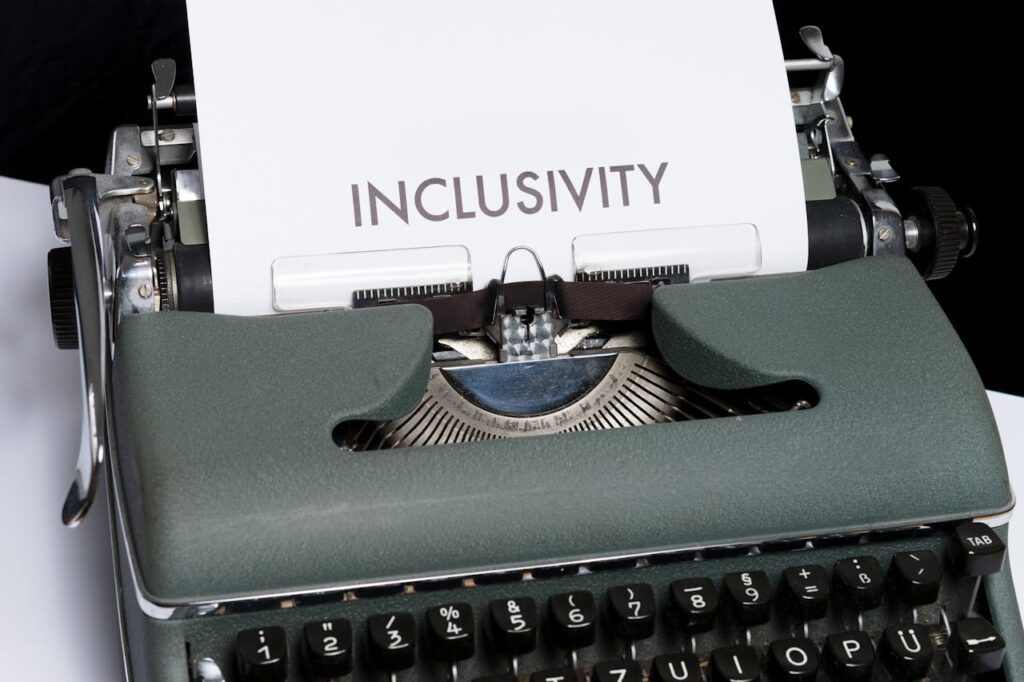
Misconceptions and Stigma
Despite its acceptance, the term “cisgender” is not without its misconceptions and stigma. Some common issues include:
- Lack of Familiarity: The term may be unfamiliar to some, leading to confusion or the perception that it is unnecessary.
- Perceived Otherness: Non-transgender individuals might feel uncomfortable being labeled as “cisgender,” seeing it as an unwelcome categorization.
- Misunderstandings: The term might be mistakenly viewed as a value judgment or criticism, though it is intended as a neutral descriptor.
- Resistance to Change: New terminology can face resistance, especially from those who are not used to discussing gender issues.
Stigma as a Defense Mechanism: Some may resist the term as a way to cling to traditional gender norms, seeing acceptance as acknowledging gender fluidity.
Promoting Inclusivity
The goal of using “cisgender” is to encourage a more inclusive and accurate understanding of gender. Overcoming initial resistance and stigma involves increasing awareness and education to promote respectful dialogue about gender identity.
2. Transgender (Trans)
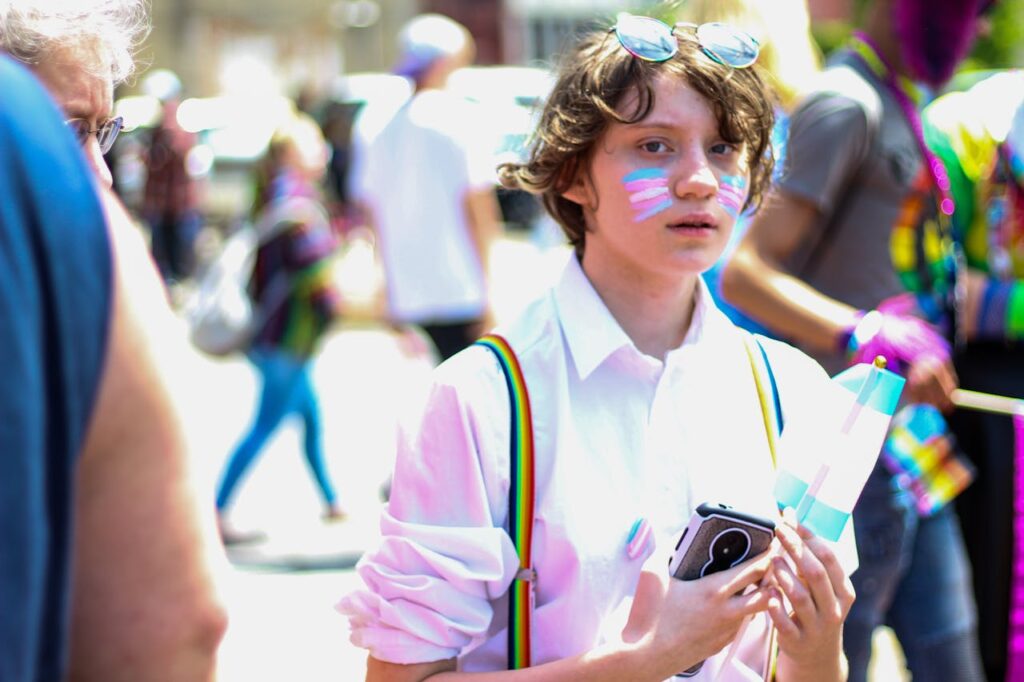
Definition and Scope
“Transgender” refers to individuals whose gender identity differs from the sex they were assigned at birth. This means that a transgender person identifies as a gender other than the one they were labeled with at birth. Transgender identities can encompass male, female, a combination of both, neither, or any other gender.
Transitioning and Respect
Many transgender individuals undergo a process called “transitioning” to align their gender expression with their gender identity. This process may include hormone therapy, gender-affirming surgeries, and changes in clothing, name, and pronouns. It is crucial to respect and support a person’s self-identified gender and use the name and pronouns they prefer.
Challenges Faced
Transgender people often face significant challenges such as:
- Discrimination: They may experience prejudice in various settings, including workplaces and social environments.
- Social Stigma: Misunderstanding and negative attitudes toward transgender people can lead to social exclusion.
- Healthcare Disparities: Access to adequate healthcare can be limited for transgender individuals, including barriers to gender-affirming treatments.
Awareness and understanding of these challenges are essential for fostering an inclusive and accepting society. The term “transgender” fits within the broader LGBTQIA+ spectrum, reflecting the diverse range of gender and sexual orientations.
3. Non-Binary
Understanding Non-Binary Identity
“Non-binary” or “enby” (NB) describes a gender identity that does not fit within the traditional binary of male or female. Non-binary individuals may identify as a mix of both genders, neither, or as a different gender altogether. Their gender identity can be fluid or change over time.
Key Aspects of Non-Binary Identity
Gender Spectrum: Non-binary is part of a broader gender spectrum that includes multiple identities beyond the binary. This spectrum acknowledges that gender is not limited to two options.
Pronouns: Non-binary individuals often use gender-neutral pronouns like “they/them,” though preferences can vary. It is important to respect their chosen pronouns.
Expression: They might express their gender identity through varied means such as clothing and hairstyles, often defying traditional gender norms.
Legal Recognition: Many places are evolving their laws and policies to recognize non-binary identities on official documents like driver’s licenses.
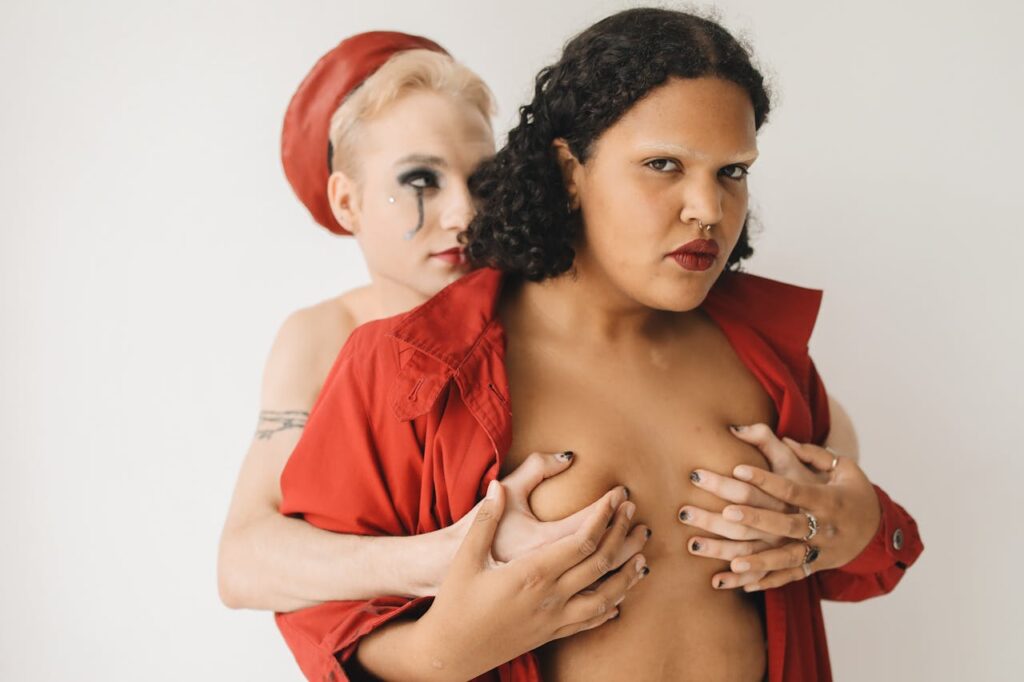
Challenges and Support
Non-binary individuals may face discrimination and a lack of understanding. It is crucial to support them by respecting their self-identified gender and being inclusive of their experiences. Recognizing the diversity of gender identities contributes to a more equitable society.
4. Genderqueer
Defining Genderqueer
“Genderqueer” describes a gender identity that does not conform to traditional binary notions of male and female. People who identify as genderqueer may feel their gender is fluid, a combination of both genders, neither, or something entirely different. This term encompasses a broad range of non-normative gender identities.
Key Considerations
Genderqueer individuals may use various pronouns such as “they/them,” “ze/zir,” or other non-binary pronouns. It is important to respect and support their chosen gender expression and pronoun preferences. Genderqueer is a broad and inclusive term, acknowledging that many gender identities exist outside societal norms.
5. Gender Fluid

Understanding Gender-Fluid Identity
“Gender-fluid” refers to a gender identity that is not fixed to one specific gender. Gender-fluid individuals may experience different genders at different times and move between or among various gender identities. Their gender identity is flexible, allowing them to express themselves in ways that feel right for them.
Key Aspects of Gender-Fluidity
- Pronouns: Gender-fluid individuals might use a range of pronouns, including “they/them,” “he/him,” “she/her,” or others, depending on their current gender experience.
- Expression: Their gender expression can vary greatly, reflecting their fluid experience of gender.
Respect and Support
Respecting and supporting gender-fluid individuals involves recognizing their self-identified gender expression and understanding that their gender identity may shift over time. This respect is crucial for fostering inclusivity and acceptance.
6. Bigender
Defining Bigender
“Bigender” describes a gender identity where an individual identifies as two distinct genders, either simultaneously or at different times. For example, a bigender person might identify as both male and female or as two other genders.
Understanding Bigender Experiences
- Simultaneous or Shifting Identification: Some bigender individuals feel both genders at the same time, while others may switch between them depending on the context or time in their lives.
- Pronouns and Terms: It’s important to use the pronouns and terms that align with a bigender individual’s current gender identity.
Respecting Bigender Identities
Respecting a bigender person’s identity involves acknowledging their experiences and using the appropriate pronouns and terms they prefer.
7. Agender
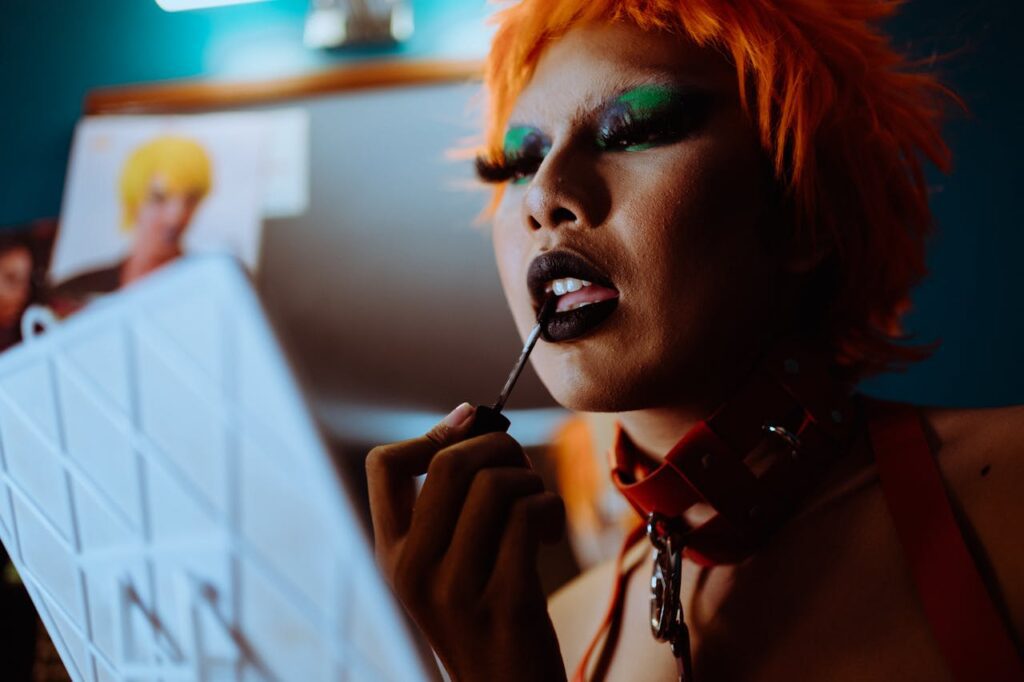
Understanding Agender Identity
“Agender” refers to a gender identity characterized by a sense of having no gender or being gender-neutral. Agender individuals may feel disconnected from traditional gender identities and may not identify as male, female, or any other gender.
Key Aspects of Agender Identity
- Pronouns: Agender individuals often use gender-neutral pronouns such as “they/them,” “ze/zir,” or other non-binary pronouns.
- Identity and Expression: Their gender identity is outside the traditional binary concept, reflecting a sense of genderlessness.
Supporting Agender Individuals
Respecting and acknowledging an agender person’s self-identified gender is essential for fostering inclusivity and understanding. Supporting diverse gender identities involves recognizing and validating agender experiences.
8. Demigender
Defining Demigender
“Demigender” describes a gender identity that is partially but not fully aligned with a specific gender. For example, someone might identify as a demigirl, partially identifying as a girl while also experiencing a different gender identity, or as a demiboy, indicating a partial identification with being a boy.
Understanding Demigender Experiences
- Partial Alignment: Demigender individuals often feel a combination of a specific gender and other gender identities or may experience their gender identity fluctuating over time.
- Respect and Pronouns: Using the pronouns and terms that align with an individual’s demigender identity is crucial for showing respect and support.
Supporting Demigender Individuals
Respect for demigender identities involves acknowledging the unique ways individuals experience and express their gender. It is essential to use the appropriate pronouns and terms that reflect their self-identified gender.
9. Two-Spirit
Defining Two-Spirit Identity
“Two-spirit” is a term originating from Indigenous North American cultures that represents a complex understanding of gender and spirituality. Two-spirit individuals are seen as embodying both masculine and feminine qualities or as having a dual or balanced nature.
Cultural Context and Roles
- Spiritual and Cultural Roles: Two-spirit individuals often hold significant spiritual and cultural roles within their communities, such as healers or mediators.
- Variability Across Cultures: The concept of two-spirit varies among Indigenous nations and tribes, so respect for their unique cultural and gender identities is crucial.
Respect and Understanding

Understanding two-spirit identity involves recognizing its cultural significance and respecting the diverse expressions and roles that two-spirit individuals play within their communities.
10. Androgynous
Understanding Androgyny
“Androgynous” refers to a gender expression or appearance that blends both masculine and feminine characteristics, making it difficult to categorize someone as distinctly male or female. This term relates to how a person presents themselves rather than their gender identity.
Key Aspects of Androgynous Presentation
- Gender-Neutral Appearance: Androgynous individuals may have a gender-neutral or ambiguous appearance through clothing, grooming, or behavior.
- Variety in Gender Identities: People of any gender identity can present in an androgynous manner, and this presentation does not necessarily indicate a specific gender identity.
Respect and Support
Respecting androgynous individuals involves recognizing their gender expression as part of a diverse spectrum. Understanding that androgyny is about presentation rather than identity helps foster inclusivity.
11. Neutrois
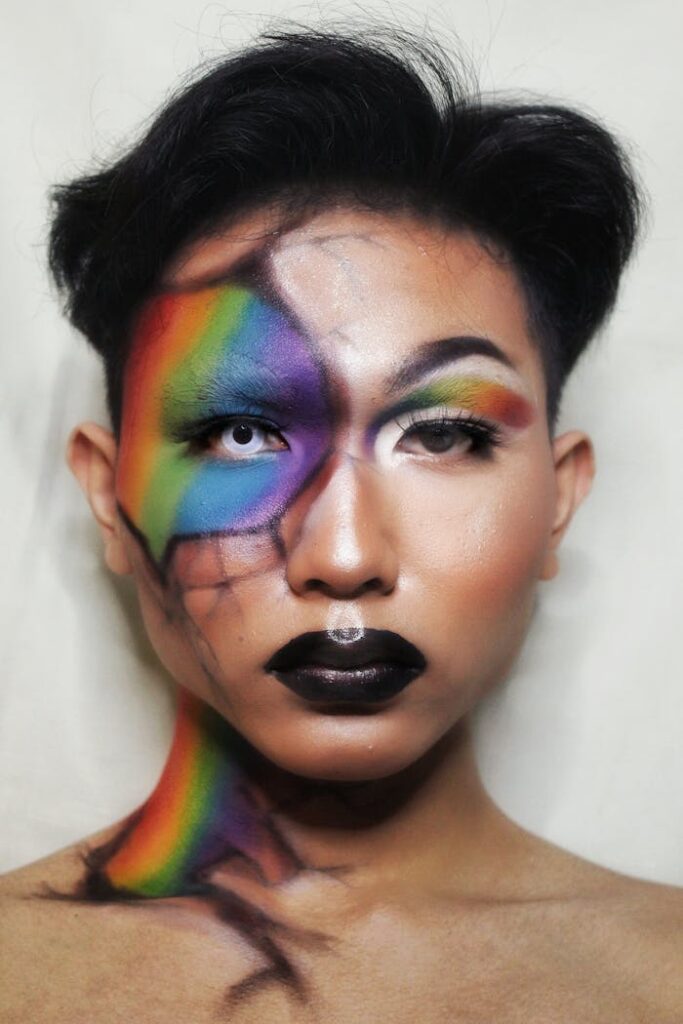
Defining Neutrois
“Neutrois” is a non-binary gender identity characterized by a sense of being neutral or having no gender. Neutrois individuals often feel disconnected from both traditional male and female gender identities and may experience a sense of genderlessness.
Key Aspects of Neutrois Identity
- Pronouns: Neutrois individuals may use gender-neutral pronouns like “they/them” or others that reflect their gender identity.
- Gender Spectrum: Neutrois highlights the diversity of non-binary identities and the experiences beyond the binary understanding of gender.
Respecting Neutrois Individuals
Supporting neutrois individuals involves acknowledging their gender identity and using the pronouns and terms they prefer. This respect is essential for fostering an inclusive society.
12. Third Gender
Understanding Third Gender
“Third gender” refers to a gender category beyond the traditional binary of male and female. Various cultures around the world recognize third gender or additional gender categories with unique cultural, social, or spiritual roles.
Cultural Variations
- Diverse Interpretations: The concept of third gender varies by culture, and there is no single definition. It encompasses a range of gender identities that do not fit within the binary system.
- Cultural Roles: In many cultures, third gender individuals hold specific roles and are integrated into their communities in meaningful ways.
Respect and Inclusivity
Recognizing the cultural diversity of gender beyond the binary system involves understanding and respecting different gender experiences and expressions.
13. Pangender
Defining Pangender
“Pangender” describes a gender identity in which an individual identifies with or feels a deep connection to all genders or a vast range of genders. This term reflects an inclusivity of the entire gender spectrum.
Key Aspects of Pangender Identity
- Broad Connection: A pangender person may feel that their gender identity transcends or encompasses a wide array of gender identities.
- Respect and Pronouns: It is important to use the pronouns and terms preferred by pangender individuals to acknowledge their expansive gender identity.
Supporting Pangender Individuals
Respecting pangender individuals involves recognizing the breadth of their gender identity and supporting their self-identified experiences. This respect is crucial for fostering a more inclusive society.
14. Hijra
Understanding Hijra
“Hijra” is a term used in South Asia, particularly in India, Pakistan, and Bangladesh, to refer to a distinct gender identity and cultural role. Hijras are often considered a “third gender” and have a rich history in the region.
Cultural and Social Roles
- Historical Context: Hijras can be individuals assigned male at birth but who identify and live as a different gender. They have unique social and cultural roles, such as performing blessings at weddings and childbirth.
- Cultural Sensitivity: The hijra community has its own social hierarchies and should be approached with respect and cultural sensitivity.
Respect and Understanding
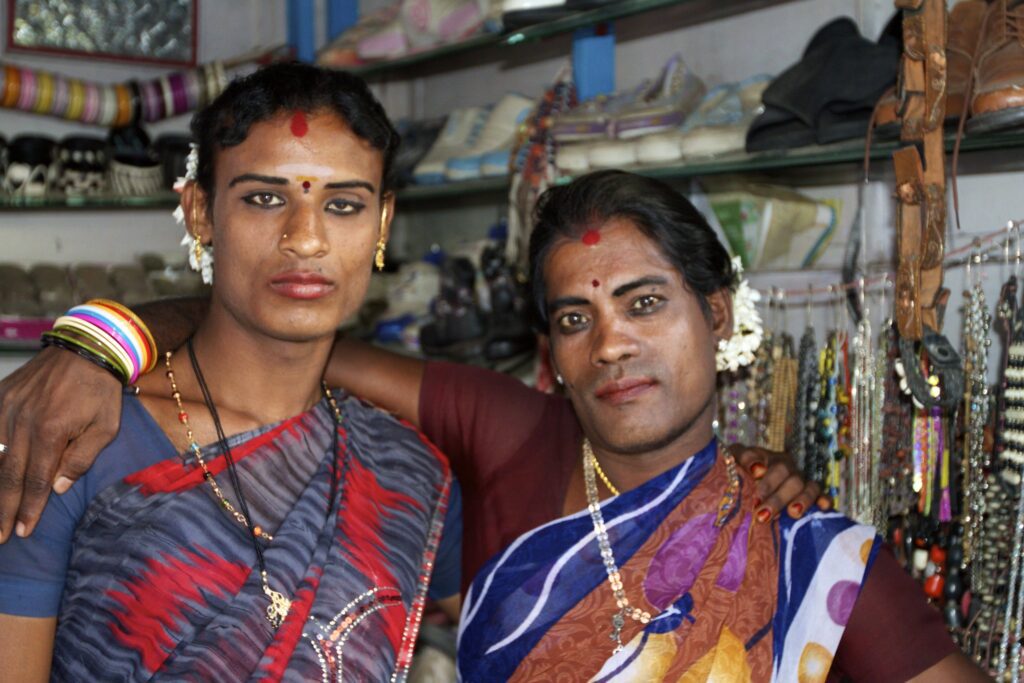
Recognizing the hijra community as a distinct gender identity highlights the diversity of gender experiences and expressions worldwide. Respect for their cultural roles and identities is essential.
15. Queer
Defining Queer
“Queer” is a term that has evolved to describe a diverse range of non-normative sexual orientations and gender identities. It serves as an umbrella term for various identities that do not conform to traditional societal norms.
Historical and Contemporary Use
- Reclaimed Term: While “queer” was once used derogatorily, it has been reclaimed by many in the LGBTQ+ community as a positive term. However, its use can still be sensitive for some individuals.
- Inclusive Spectrum: Queer includes identities such as gay, lesbian, bisexual, transgender, non-binary, and genderqueer, among others.
Respectful Use
Using the term “queer” requires sensitivity and respect for individual preferences. It is important to understand that it carries different meanings and connotations for different people.
In Closing
It’s important to recognize that this list is not exhaustive, and gender identities are diverse and unique to each individual. People may use a variety of terms to describe their gender identity, and it’s crucial to respect and use the language they prefer. Gender is a deeply personal and individual experience, and everyone’s understanding of their own gender is valid.
Stay tuned for part 2!
Questions? Comments? Concerns? Feel free to leave a comment below, contact me here, or email me here.


